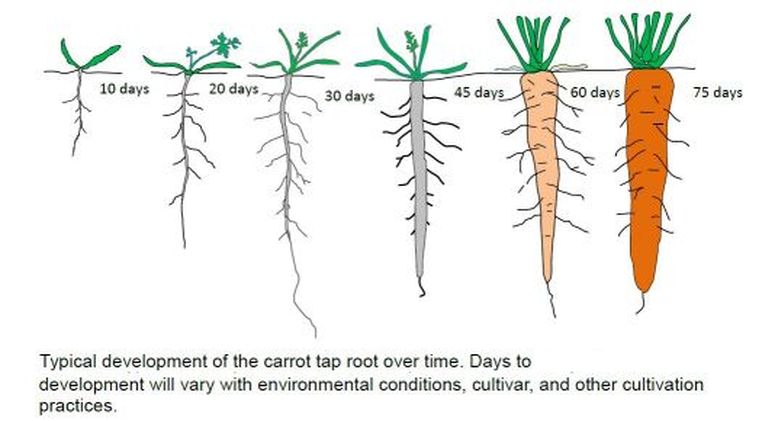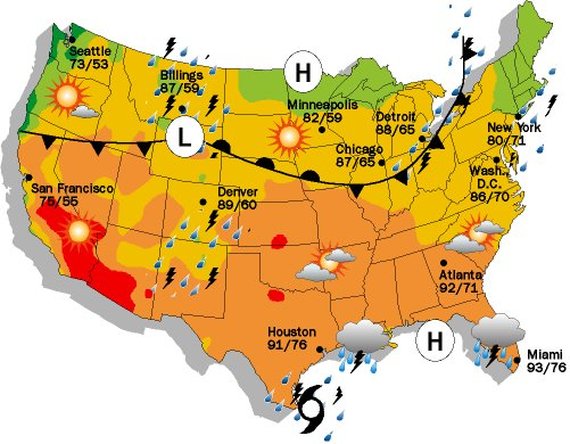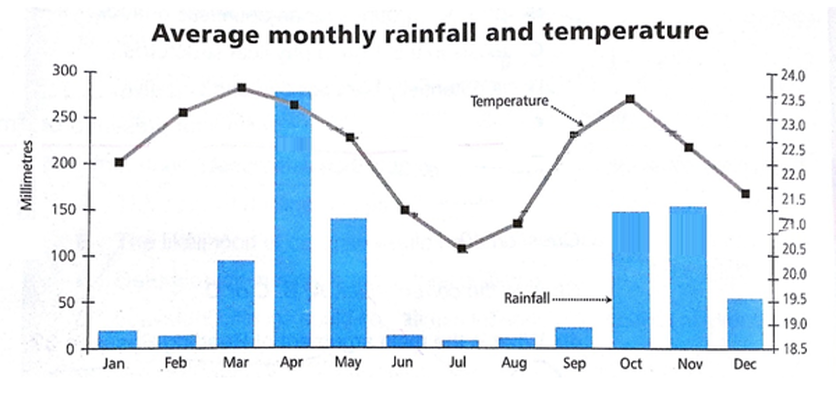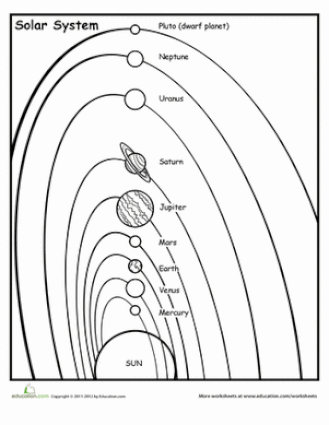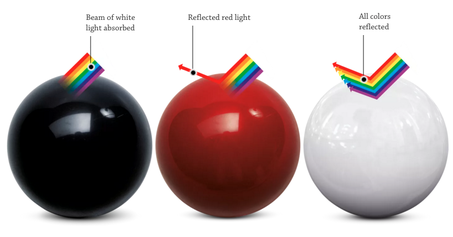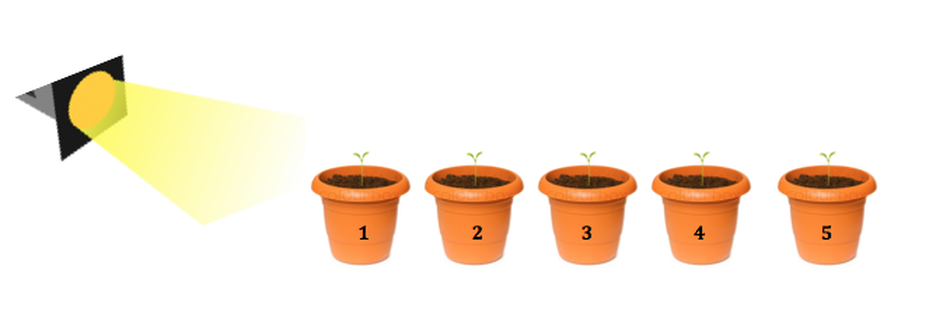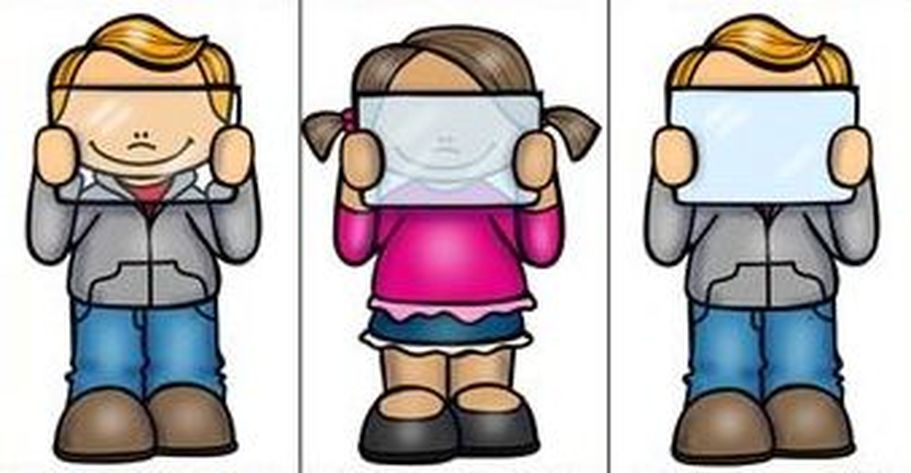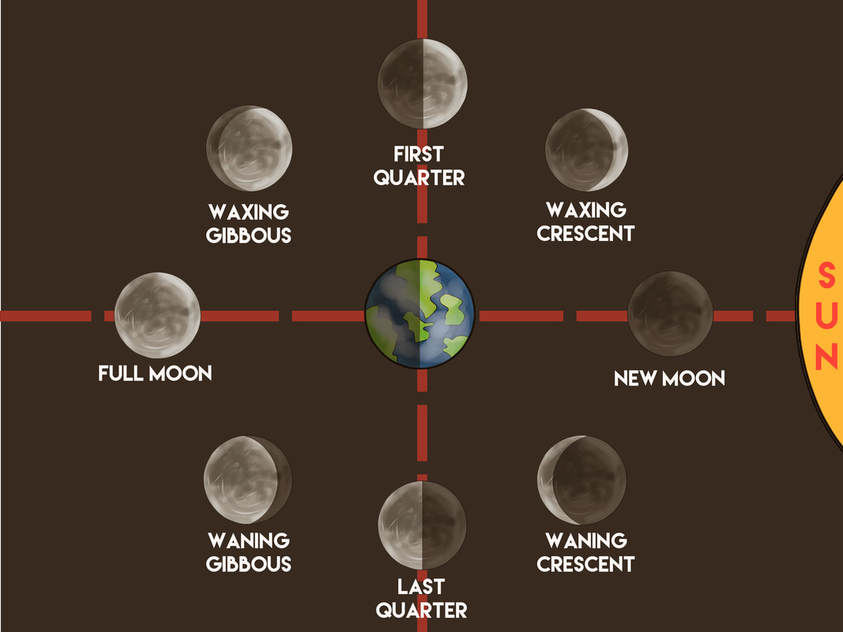4th Grade SCPASS-Science Review
- How would you describe what you see in the diagram below?
- What factors might affect the rate of growth as shown below?
- What traits might a carrot inherit?
- What traits of a carrot are influenced by the environment?
- What are some of the differences between vertebrates and invertebrates>
- How are vertebrates further classified?
- How are invertebrates further classified?
- This is a Katydid or a Bush Cricket. How do you think this animal is able to protect itself?
- Are the traits shown below inherited or influenced by the environment?
- If a trait is influenced by the environment, can it be passed on to offspring?
- What does this diagram represent?
- How does each process happen?
- The diagram has "collection" labelled, what else could it be called?
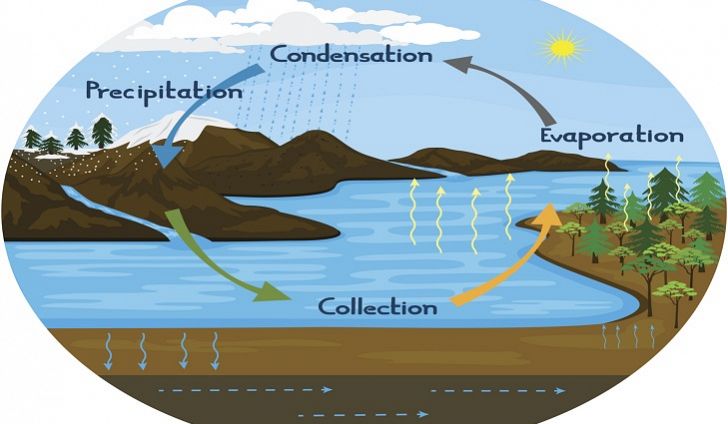
www.wcnc.com/weather
- Watch today's weather forecast. WCNC News
- What do the letters L and H mean?
- What other symbols do you recognize on this map?
- What do the numbers mean?
- What gases make up the Earth's atmosphere?
- Study the graph. What do you notice?
- What do you think the red line represents?
- Would it be correct to say the amount of Oxygen has increased each year for the past 1000 years?
- How many years ago did the amount of Oxygen show a decrease?

- What type of graph is this?
- What information do we find labeled on the axes?
- What correlations do you see?
- Would it be true to say that the summer months have the most rainfall?
- How do these diagram compare?
- Can you tell the order of the planets based on the diagrams?
- Which planets are the terrestrial planets?
- Which planets are the gas giants?
- Which planets would be the ice giants?
- What is white light made of?
- Look at how the light enters the prism as compared to how it exits the prism. What causes this? How do we refer to this property of light?
- If we use a different prism, will the colors of light always exit in the same order? Why? or why not?
- Why do we see objects in color?
- A 4th grader set up this science experiment. What do you think the student was trying to find out?
- Since you have studied light, what would your hypothesis be?
- What can you tell about light intensity from this setup?
- What will the student need to do to take care of the plants? Should he do this to all of the plants or some of them
- What might the student need in order to collect data from this experiment?
- What would be the best type of graph for the student to graph his data? (line, circle, or bar)
- How do the images below compare?
- How does light pass through each?
- Study the chart below. It shows common decibel levels - is this related to pitch or volume? How do you know?
- Click the picture below. Take the Free Hearing Test. How does the sound, in the hearing test, change in order to test sound?
- What is a constellation?
- Do constellations change?
- How do the two constellations below compare?
- Where is the North Star?
- Do you see a pattern in the calendar below?
- What causes our view of the moon to change each day?
- What do we call the different moon phases?
- What moon will we see today?
- How many days will pass before we see a new moon?
- What moon will we see on this numerical day next month?
- What important vocabulary words come to mind with the image below?
- What do those terms mean?
A few test-taking tips:
1. Understand that you will see things on SCPASS that look unfamiliar. Read it, study it, try to figure it out. Don't be frightened by things that look unfamiliar.
2. Take your time. There is no time limit on SCPASS.
3. Read the question, and think of the answer before you read any of the answer choices. There will be 4 answer choices - 1 correct and 3 incorrect. If you don't know what you are looking for, you can easily be distracted by the 3 incorrect answers.
2. Take your time. There is no time limit on SCPASS.
3. Read the question, and think of the answer before you read any of the answer choices. There will be 4 answer choices - 1 correct and 3 incorrect. If you don't know what you are looking for, you can easily be distracted by the 3 incorrect answers.

